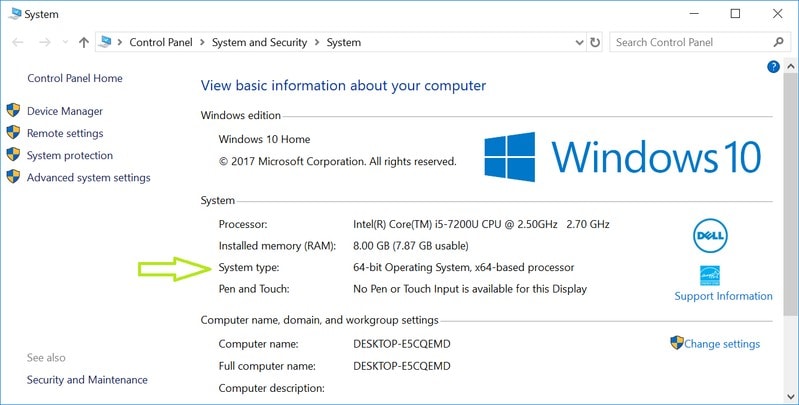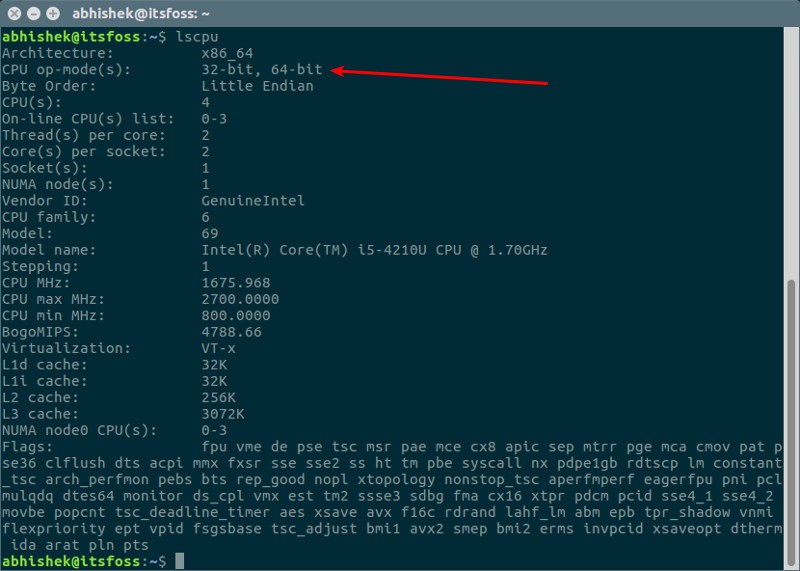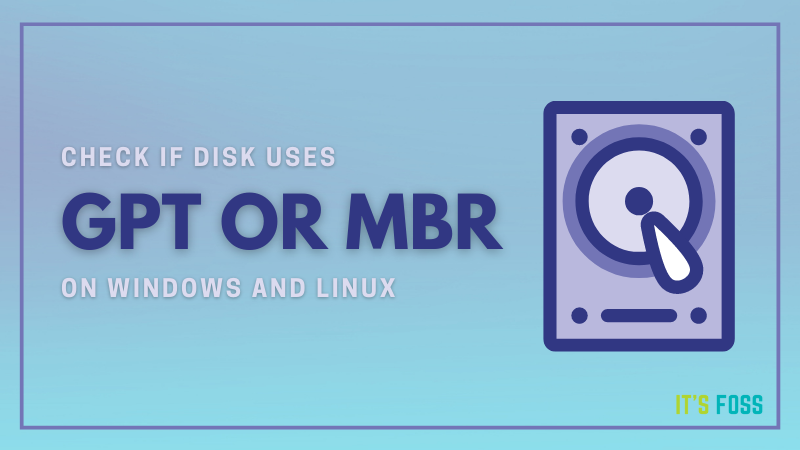
Do I have a 32-bit system or 64-bit system? How to tell if my computer is 32-bit or 64-bit? How to find out if my system is 64 bit capable or not? Am I running 32-bit Ubuntu or 64-bit Ubuntu? Am I running 32-bit Ubuntu on a 64-bit CPU? Do I have 32- or 64-bit Windows?
These are some common questions that users often wonder about. Finding out whether a computer is 32-bit or 64-bit is fairly simple.
Before I show you how to tell whether your computer is 32-bit or 64-bit, let’s see the difference between the two systems.
32-bit vs 64-bit Systems: What’s the difference?
Processors in the early 1990s used 32-bit architecture. This means that their data bus had the capacity to handle 32 bits at a time. As the technology grew, 64-bit processors came on the scene.
These newer processors have a data bus width of 64 bits. This means they’re at least twice as fast as their 32-bit counterparts. To use the capabilities of 64-bit processors, operating systems began to release 64-bit versions.
One thing to remember is that a 64-bit processor can support either a 32-bit or a 64-bit OS but a 32-bit processor can only run a 32-bit OS.
If you bought your computer in the last 7-8 years, you should have a 64-bit system. Don’t worry, I won’t force you to dig up and see when you bought your computer.
Read more about 32-bit vs 64-bit here.
So now, you’ve learned these few things:
- Your computer can have either a 32-bit or a 64-bit processor
- Your operating system can be 32-bit or 64-bit
- A computer with a 64-bit processor can run both 32-bit and 64-bit operating systems
- A computer with a 32-bit processor cannot run 64-bit operating systems
Now that you know the basics, let’s see how to find out whether you have a 32-bit or a 64-bit system on both Windows and Linux.
How to know if your computer is 32-bit or 64-bit on Windows
Getting this information is fairly easy on Windows. Here’s how to do it in two easy steps.
Go to Windows Explorer, right click on This PC and then select Properties.

You’ll see the system information on the next screen. In here, you should look for System Type.

As you can see in the image above, it says “64-bit Operating System, x64-based processor”.
Which means that I have the 64-bit Windows operating system installed on a 64-bit CPU.
That’s how it works on Windows. Now let me show you how to find out whether you have a 32-bit or 64-bit system on Linux.
How to know whether your CPU is 32-bit or 64-bit on Linux
If you’re using Ubuntu or any other form of Linux, it’s still easy to find out whether your system is 32-bit or 64-bit. Mind that we’re talking about the processor here, not the OS itself.
Open a terminal and run the following command:
lscpuYou should see a result like this:

Architecture: x86_64
CPU op-mode(s): 32-bit, 64-bit
Byte Order: Little Endian
CPU(s): 4
On-line CPU(s) list: 0-3
Thread(s) per core: 2
Core(s) per socket: 2
Socket(s): 1
NUMA node(s): 1
Vendor ID: GenuineIntel
CPU family: 6
Model: 69
Model name: Intel(R) Core(TM) i5-4210U CPU @ 1.70GHz
Stepping: 1
CPU MHz: 1694.812
CPU max MHz: 2700.0000
CPU min MHz: 800.0000
BogoMIPS: 4788.66
Virtualization: VT-x
L1d cache: 32K
L1i cache: 32K
L2 cache: 256K
L3 cache: 3072K
NUMA node0 CPU(s): 0-3
Flags: fpu vme de pse tsc msr pae mce cx8 apic sep mtrr pge mca cmov pat pse36 clflush dts acpi mmx fxsr sse sse2 ss ht tm pbe syscall nx pdpe1gb rdtscp lm constant_tsc arch_perfmon pebs bts rep_good nopl xtopology nonstop_tsc aperfmperf eagerfpu pni pclmulqdq dtes64 monitor ds_cpl vmx est tm2 ssse3 sdbg fma cx16 xtpr pdcm pcid sse4_1 sse4_2 movbe popcnt tsc_deadline_timer aes xsave avx f16c rdrand lahf_lm abm epb tpr_shadow vnmi flexpriority ept vpid fsgsbase tsc_adjust bmi1 avx2 smep bmi2 erms invpcid xsaveopt dtherm ida arat pln pts
How to tell if the installed Linux system is 32- or 64-bit
So, you just saw how to find out whether our system is 32 bit or 64-bit. But how can you learn whether the Ubuntu you installed on your system is 32-bit or 64-bit?
I mean, a 64-bit system can support both 32-bit and 64-bit operating systems. So if you have a 64-bit system, it’s better (and recommended) to install a 64-bit OS.
To check whether the installed Ubuntu OS is 32-bit or 64-bit, we’ll use the same command we used in the previous section:
lscpuIn the result, look for the line starting with Architecture. This will tell you the OS architecture.
- x86, i686 or i386 means 32-bit Linux
- x86_64 , amd64 or x64 means 64-bit Linux
In my case, I had x86_64 in the result, which means I have 64-bit Ubuntu installed.
Alternatively, you can use this command that we saw in an older article about finding your Ubuntu Unity version:
uname -mThe result will be x86, i686, i386, x86_64, x64, etc. And you can easily work out the OS architecture from it.
You can also use the arch command:
archThe output will indicate whether your installed Linux system is 32-bit or 64-bit.
Checking if you have 32-bit or 64-bit ARM processor
As suggested by It’s FOSS reader, Hugh, the above suggestions may not work for ARM based devices like Raspberry Pi.
Here, you can install the inxi tool and get the necessary information:
inxi -SThe output may show something like this:
“System: Host: rpiB3 Kernel: 5.10.63-v7+ armv7l bits: 32 Console: tty 0 Distro: Raspbian GNU/Linux 10 (buster) ”As you can see, it says 32 bits, signifying it to be a 32-bit processor.
Know more about your system
On a similar note, you can check if your system uses MBR or GPT partitioning.

Or know if system uses UEFI or legacy BIOS.

I hope this quick post helped you find out whether you have a 32-bit or 64-bit CPU and a 32-bit or 64-bit operating system.


